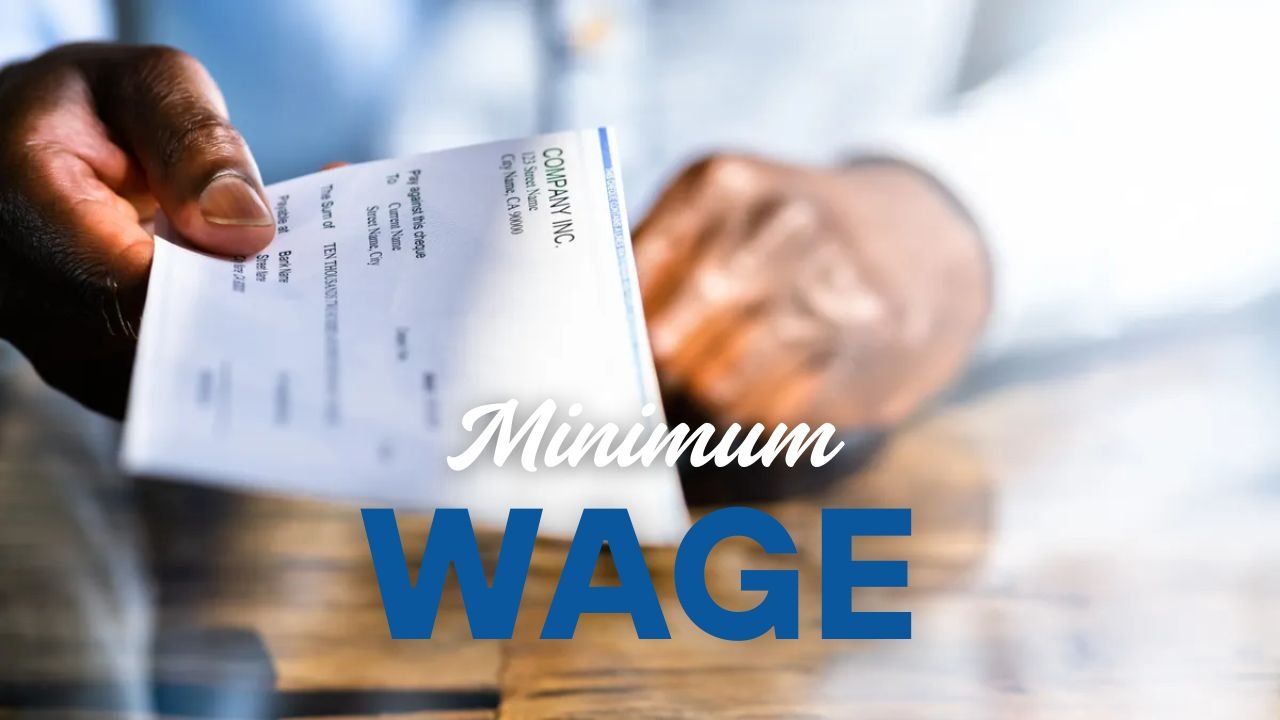ILLINOIS — A growing financial gap is shaking confidence in Illinois’ pension reform narrative as new data shows unfunded liabilities have surged to $144.3 billion, up from $137.19 billion when Governor JB Pritzker took office in 2019.
State officials had recently claimed Illinois had reduced its pension liabilities by about 25%, even citing inflation-adjusted calculators as proof. But projections from the Commission on Government Forecasting and Accountability (CGFA) show the opposite: the debt is worse now than it was five years ago.
State Claims vs. Real Numbers
A recent post citing CGFA data compared actuarial estimates:
-
2019 (Pritzker’s first year): $137.19 billion
-
2024 (latest estimate): $144.3 billion
That’s a $7 billion increase, not a reduction — despite the governor’s office promoting a “25% liability cut.”
A viral inflation calculator chart showed how $137 in 2019 equates to $172.26 in 2025, reflecting a 25.7% cumulative inflation rate. Critics argue this is the basis behind the “25% improvement” talking point — inflation math, not actual fiscal savings.
Critics Call It a Shell Game
Online reactions to the state’s messaging have been sharp. One critic wrote:
“We are even more underwater today than the day he took office.”
The critique is that while the governor may be making required payments, they’re not outpacing the growth of liabilities — meaning the total debt load is still rising.
Others pointed to the state’s ongoing habit of introducing pension “sweeteners” — benefit expansions or early retirement incentives — that could erase gains before they’re even realized.
Can the Tax Base Keep Up?
Some optimism exists in the form of Illinois’ 10% tax base growth, which state officials say helps provide more stability. But that may not be enough to offset long-term costs if new benefits are introduced without structural reform.
According to the CGFA mid-2024 actuarial update, market value figures still hover around $143.7 billion in unfunded debt. That’s almost identical to the current high-end estimate — indicating little movement over time.
What Happens Next?
The debate over Illinois’ pension health will likely intensify as new reform bills are introduced. Critics argue that unless leaders impose stricter fiscal discipline and avoid politically motivated benefit increases, taxpayers will shoulder an even greater burden.
For now, the numbers remain sobering.
Do you think Illinois is being transparent about its pension crisis, or are the numbers being spun? Join the conversation now at ChicagoSuburbanFamily.com.














